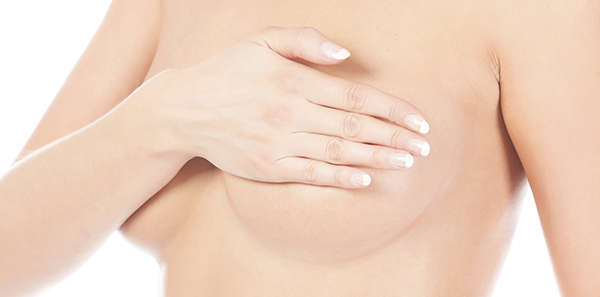
Some 20% of healthy women will experience a urinary tract infection over a period of less than 6 months.
It is treated as a Recurrent Urinary Tract Infection (UTI) when three or more episodes occur in one year or two or more in a 6-month period.
Urinary Tract Infections can be classified into two categories:
- Reinfection: a different causal germ or infection after two weeks.
- Relapse: same causal germ. Infection after less than two weeks.
Causal agents
Around 75 – 80% of urinary tract infections are caused by the Escherichia Coli bacteria. Other causal germs, although much less frequent, are Klebsiella neumoniae, Enterococo, Proteus mirabilis and Staphiloco saprophiticus (first sexual relations in young women).
How it is produced
Most urinary tract infections are ascending, moving upwards from the perianal or genital region, from where the germs travel towards the urinary tract. Sometimes the infection is produced directly (primary infection) and other times the germs lie in wait until conditions are ideal before producing the infection, for example, when the immune system is suppressed. This type of infection is known as relapse, which is how the majority of recurring infections occur.
Risk factors
- Personal history of previous Urinary Tract Infections (UTIs).
- Anatomical: length of the urethra.
- Sexual habits: multiple sexual relations (irritation). Use of spermicides.
- Post menopause: the oestrogens that stimulate natural bacterial flora disappear.
Symptoms
- Infection of the lower urinary tract (Cystitis): pain on passing urine, a burning sensation.
- Infection of the higher urinary tract: (Pyelonephritis): cold shivers, fever and abdominal pain.
Ascertaining cause or diagnosis
It is important to check that the cause is not due to any kind of organic disorder that may lead to infections occurring, as this would involve a complicated urinary tract infection, which is not the case described here. The main disorders to be ruled out here include:
- Anatomical obstruction: lithiasis (calculus), tumours, cystocele and ureterocele.
- Functional obstruction: vesicoureteral reflux (VUR), neurogenic bladder.
- Urinary lithiasis: obstruction. Site of an infection.
- Patients fitted with a catheter: a foreign body in the urinary tract that may lead to an infection.
Diagnostic tests
Urinary sediment and urine culture: the genital area must be washed first and urine then collected halfway through urination to prevent contamination from saprophyte flora on the skin, urethra and vagina. More than 100,000 germ colonies must be counted and the germ is then identified to ascertain the type of antibiotic treatment to be used (antibiogram).
Bilateral renal and bladder scan: this enables a complicated urinary tract infection to be ruled out (tumours, lithiasis, urinary tract malformations, etc.) It also enables postmictional reflux to be ruled out.
Prevention
- Lifestyle habits: personal hygiene. Washing after passing urine, passing urine before and after sexual relations, avoiding tight-fitting, damp or cotton underwear, passing urine frequently, not going for more than 2 or 3 hours without urinating.
- Cranberries: either in juice or in capsules. These are especially good for E. Coli infections (the most frequent).
- Topical oestrogens: only in postmenopausal women showing signs of low oestrogen levels. Oestrogens play a major role in producing protective bacterial flora.
- Vaccination: this is done using strains of the germs that cause the most frequent kinds of recurrent infections in affected women.
f substance) to destroy the trigger point that has formed there and is causing pain. The physiological theory behind this technique is to destroy the motorend plates that are causing this fibrous band to malfunction. In a few days the body replaces them with new plates lacking the hypertonic defective function that was causing the pain.
Progress is being made with this technique not only with sportspeople and traumatology in general, but also with hemiplegic patients, where normalisation of the motor-end plates is proving to be a major advance in their treatment. It leads to enormous progress in correcting lack of muscle tone in these patients, which is the reason why they have difficulty moving around. Normalising muscle tone occurs not only at distal level but also triggers changes in the central nervous system.
Symptoms may increase at some level from 2 to 48 hours after having dry needling treatment, following which, despite the injury having improved, physiotherapy should still be applied to re-educate muscle function and prevent symptoms returning.
D. Javier Lledó – Physiotherapy
The information published in this media neither substitutes nor complements in any way the direct supervision of a doctor, his diagnosis or the treatment that he may prescribe. It should also not be used for self-diagnosis.
The exclusive responsibility for the use of this service lies with the reader.
ASSSA advises you to always consult your doctor about any issue concerning your health.












